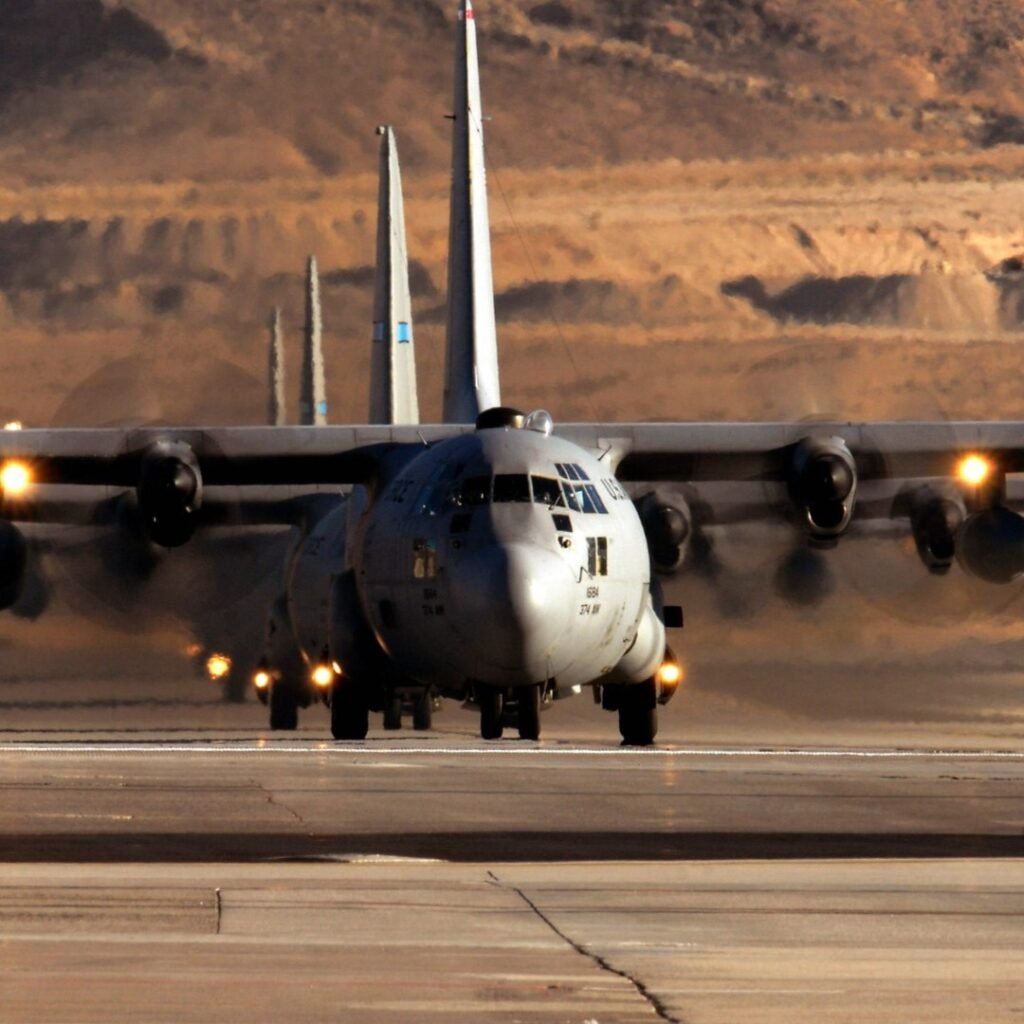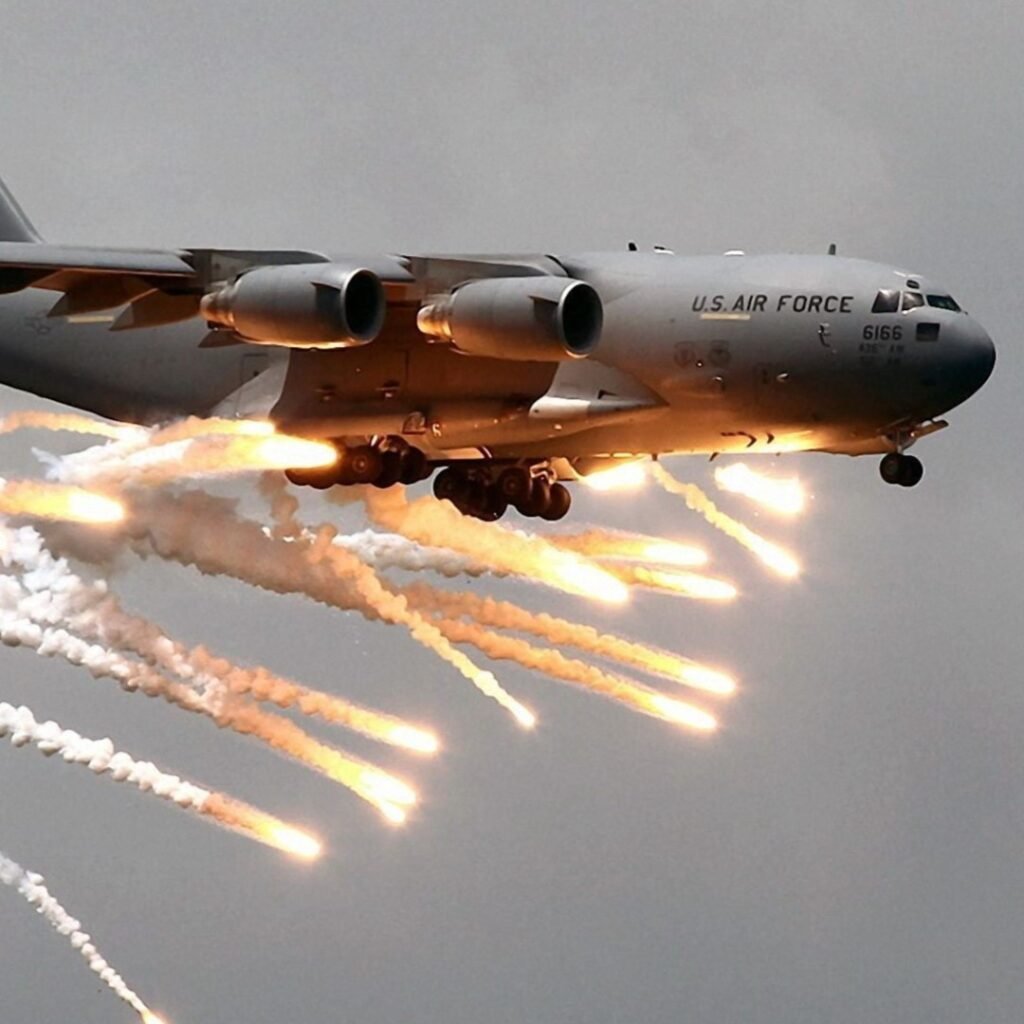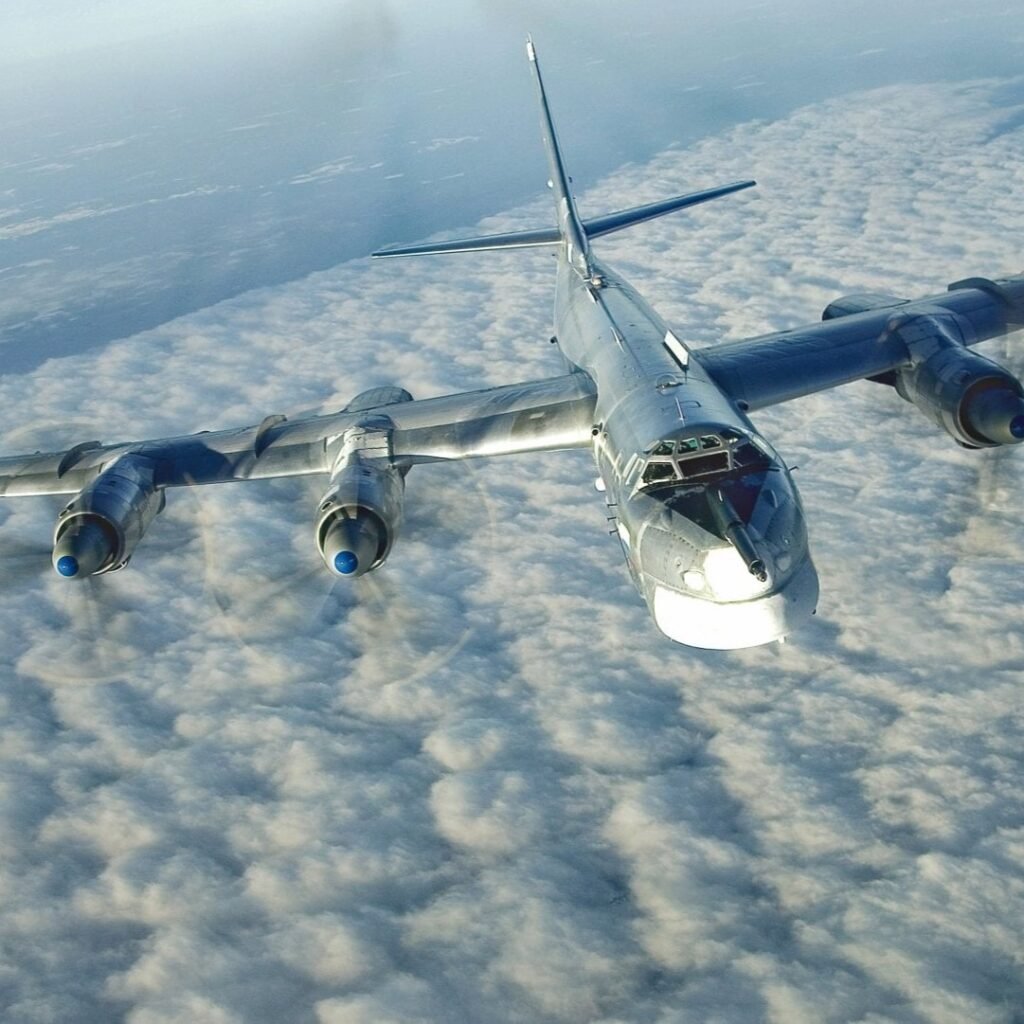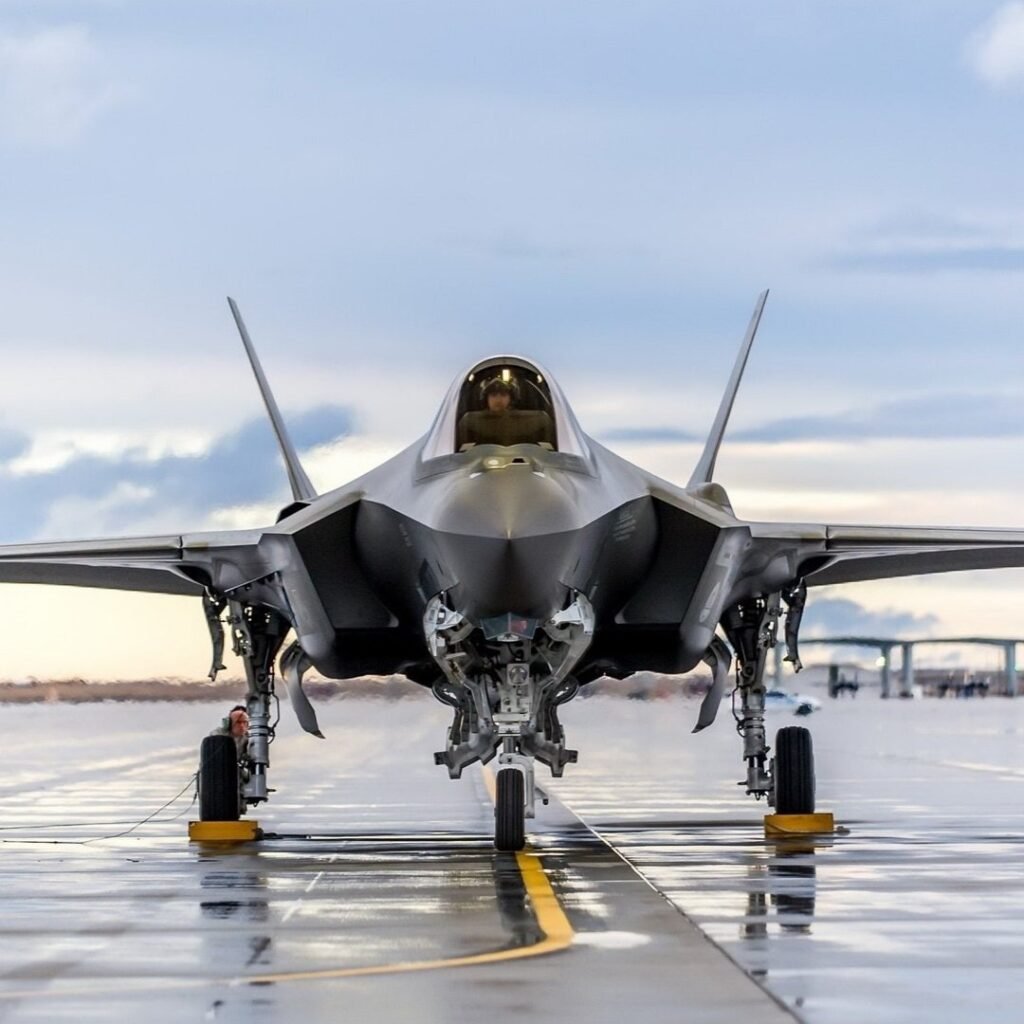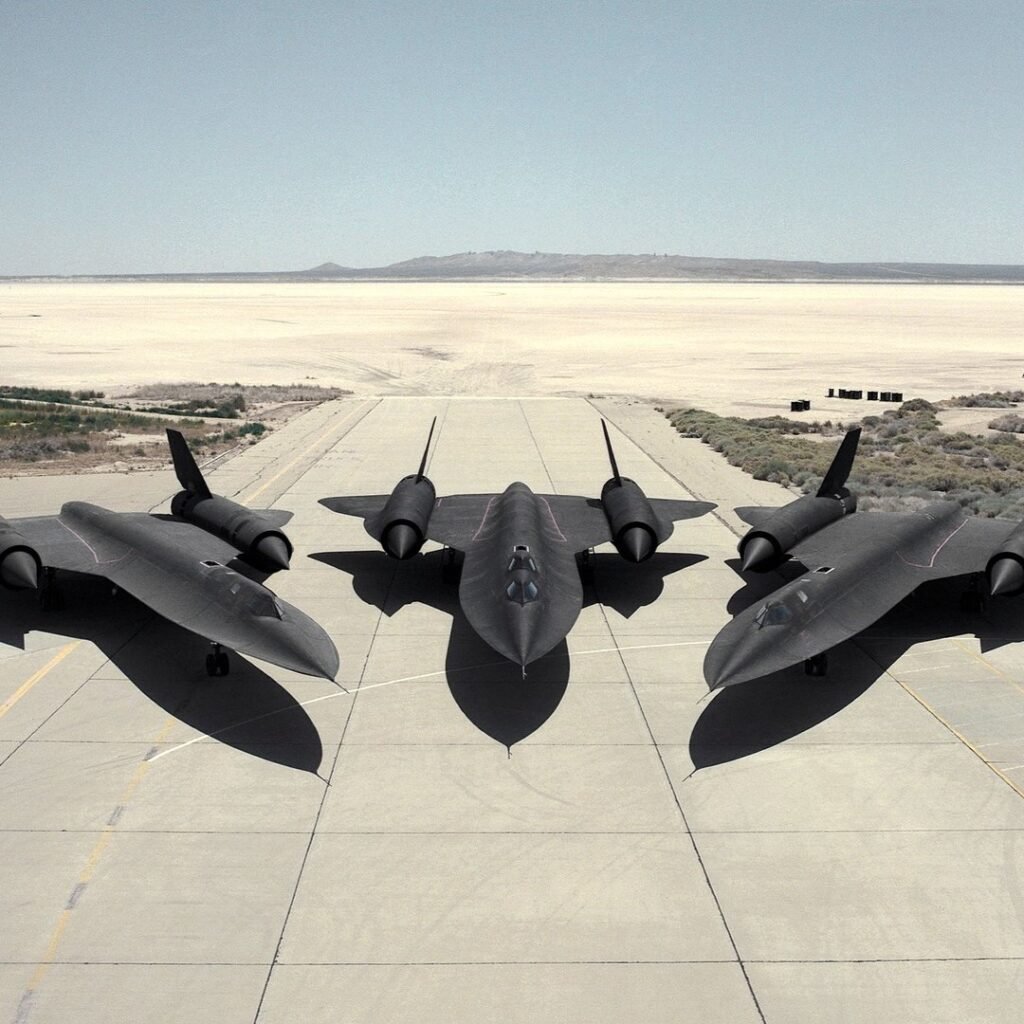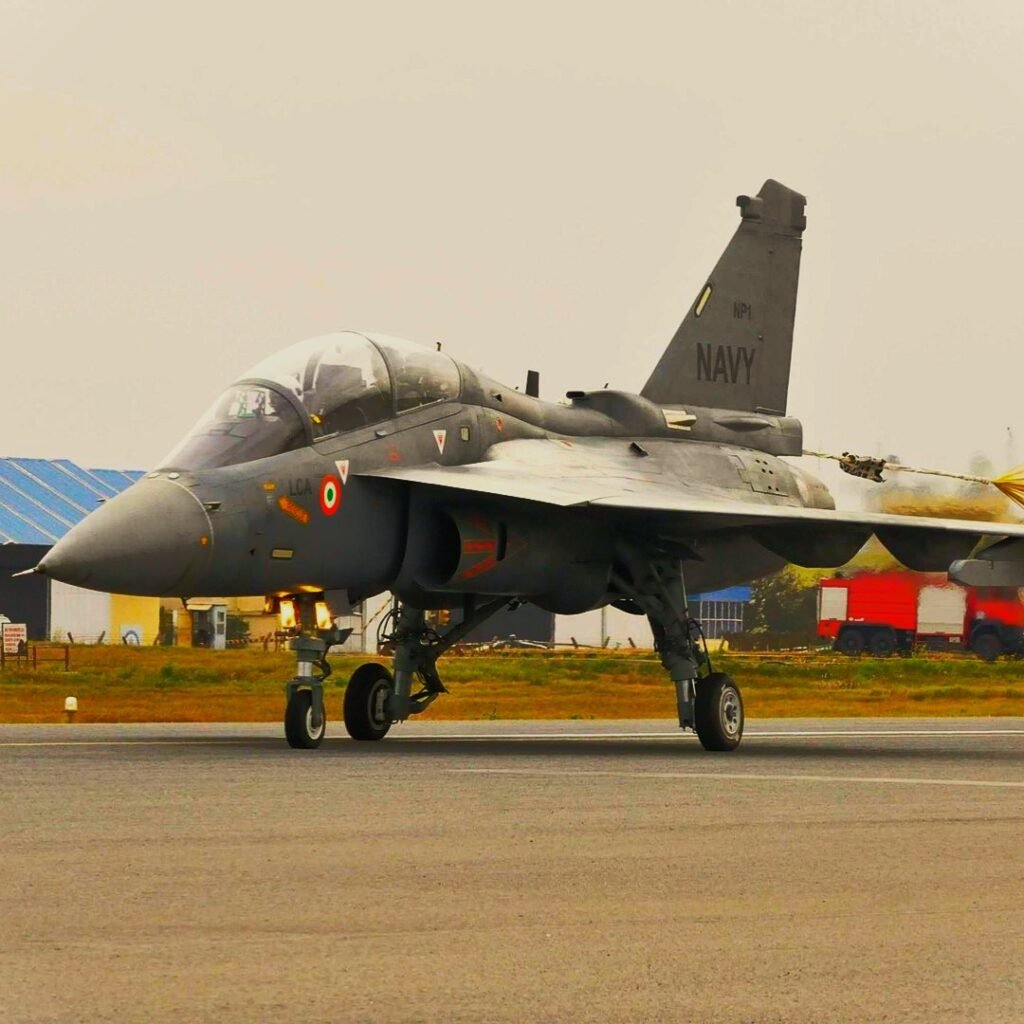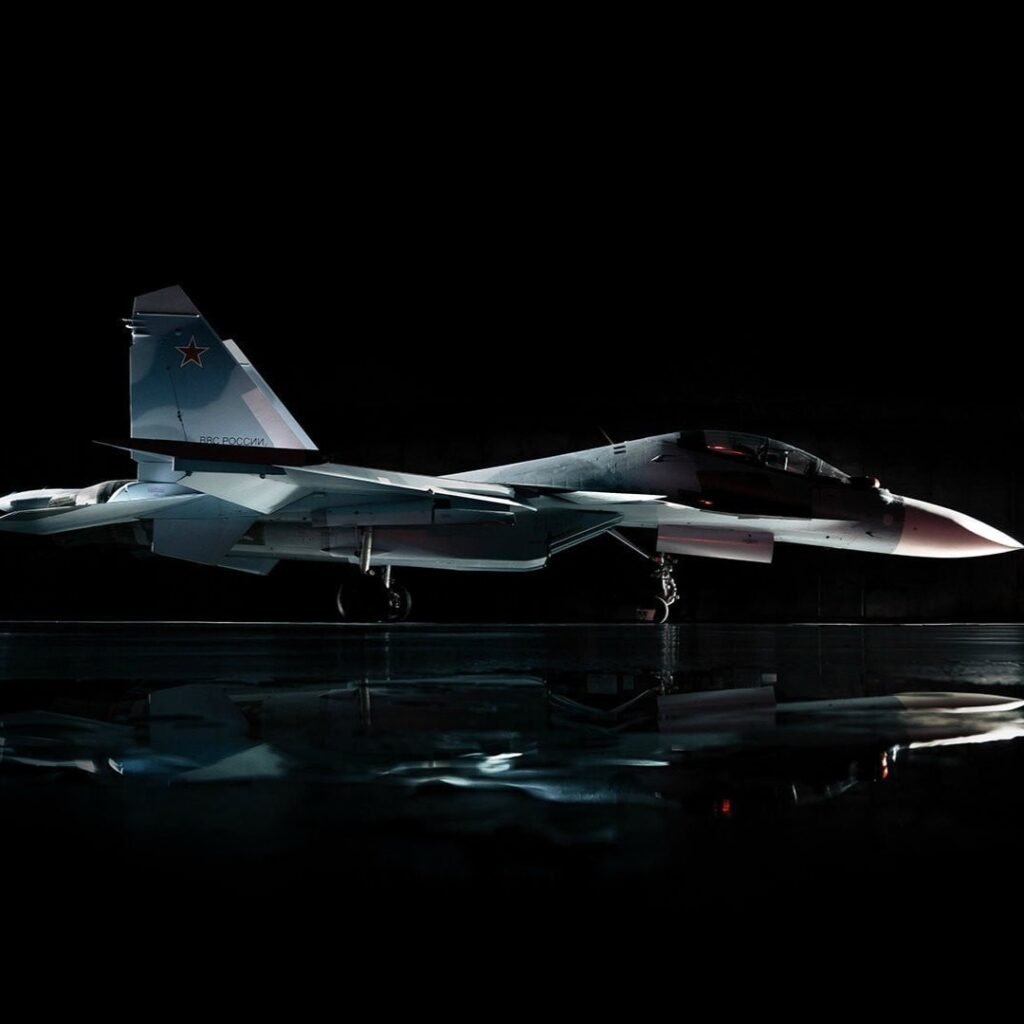What are Some of The Key Features and Weapons Systems That Make Fighter Jets Effective?
Fighter jets are high-performance military aircraft designed for aerial combat and ground attacks. They have a combination of speed, agility, and weapons systems that make them highly effective in their intended roles. jets are usually equipped with air-to-air missiles, air-to-ground missiles, bombs, and machine guns. They are capable of flying at supersonic speeds and have the ability to maneuver in tight spaces, making them difficult targets for enemy aircraft. Additionally, modern jets often have advanced avionics and sensors, including radar and electronic countermeasures, to help them detect and engage enemy aircraft. Jets are a critical component of air forces and are used for air defense, reconnaissance, and offensive operations.
The term “fighter” refers to an aircraft specifically designed for air-to-air combat, with the primary purpose of engaging and defeating enemy aircraft. This includes capabilities such as high maneuverability, speed, and weapons systems for air-to-air engagements.
The term “jet” refers to an aircraft powered by a jet engine, which uses the reaction of a high-speed jet of fluid (usually air and fuel) to generate thrust that propels the aircraft forward. Jet aircraft are faster and more maneuverable than traditional propeller-driven aircraft and are often used in military operations for various roles, including air defense, reconnaissance, and air-to-ground attack.
Type of Fighter Jet
- Air-to-Air Combat Fighters: These fighter jets are designed specifically for air-to-air combat. They have advanced sensors, weapons, and maneuverability to take on other aircraft in the sky.
- Air-to-Ground Attack Fighters: These fighter jets are designed for air-to-ground missions, with weapons and equipment for bombing and strafing ground targets.
- Multirole Fighters: These fighter jets are designed to perform multiple roles, including air-to-air and air-to-ground combat, reconnaissance, and electronic warfare.
- Stealth Fighters: These fighter jets are designed to evade detection by radar and other sensors. They have reduced visibility in the air and on the ground, and often employ advanced avionics and weaponry.
- Light Fighters: This fighter jet is designed to be lightweight and maneuverable, making them ideal for air-to-air combat and reconnaissance missions.
- Heavy Fighters: This fighter jet is designed to be larger and more heavily armed than other fighter types, with an emphasis on air-to-ground capabilities.
- Interceptor Fighters: This fighter jet is designed to intercept and engage enemy aircraft, typically with air-to-air missiles.
- Trainer Fighters: This fighter jet is designed for training pilots, and typically has reduced performance and weaponry compared to other fighter types.
- Unmanned Combat Aerial Vehicles (UCAV): These are pilotless fighter jets, controlled remotely or through autonomous systems.
- Experimental Fighters: Experimental Fighters are aircraft designed and built for the purpose of exploring new aviation technology and testing its capabilities. These fighters are usually prototypes and are built for research purposes and as a precursor to the development of operational military aircraft.
Fighter Jets Generation:
Fighter jets can be classified into generations based on the technological advancements and capabilities of their avionics, weapons systems, and propulsion systems. The main generations are 1st, 2nd, 3rd, 4th, and 5th.
- First Generation Fighters (the 1940s-1960s): The first generation of fighter jets was characterized by simple design and basic avionics, with a focus on speed and maneuverability. These jets were equipped with early versions of radar, weapons systems, and engines.
- Second Generation Fighters (the 1960s-1970s): The second generation of fighter jets marked the beginning of the introduction of more advanced avionics, including air-to-air missiles, improved radar, and more powerful engines. These jets were designed for air-to-air combat and could carry out ground attack missions.
- Third Generation Fighters (the 1970s-1980s): The third generation of fighter jets introduced even more advanced avionics, including look-down shoot-down radar, air-to-air missiles with beyond visual range capabilities, and multirole capabilities.
- Fourth Generation Fighters (the 1980s-2010s): The fourth generation of fighter jets marked the beginning of the widespread use of stealth technology, advanced avionics, and integrated weapons systems. These jets were designed to be highly maneuverable and able to perform a wide range of missions.
- Fifth Generation Fighters (2010s-present): The fifth generation of fighter jets is characterized by stealth technology, supercruise capability, advanced avionics, and highly integrated weapons systems. These jets are designed to operate in contested environments and are equipped with advanced sensors and networking capabilities.


